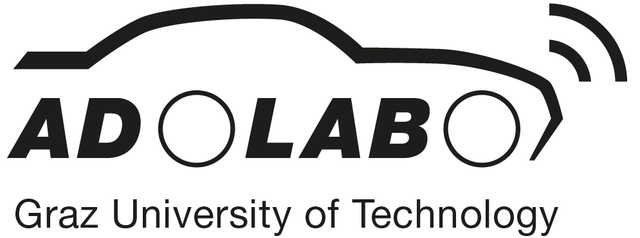In a "Platooning" scenario, multiple vehicles are aligned in a string, where each vehicle follows the preceding one by means of velocity control. The goal is to decrease fuel consumption by decreasing the distance and assist drivers. In addition, lane keeping assists can be used for lateral control.
To avoid amplification of position errors or accelerations along the string of vehicles, which can result in collisions, the so-called "string stability" is analyzed.

